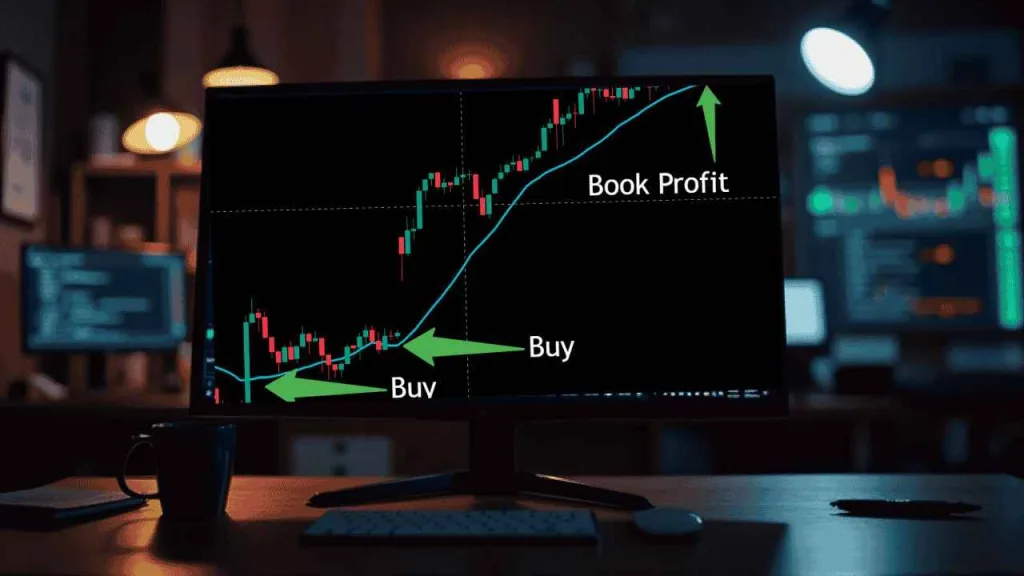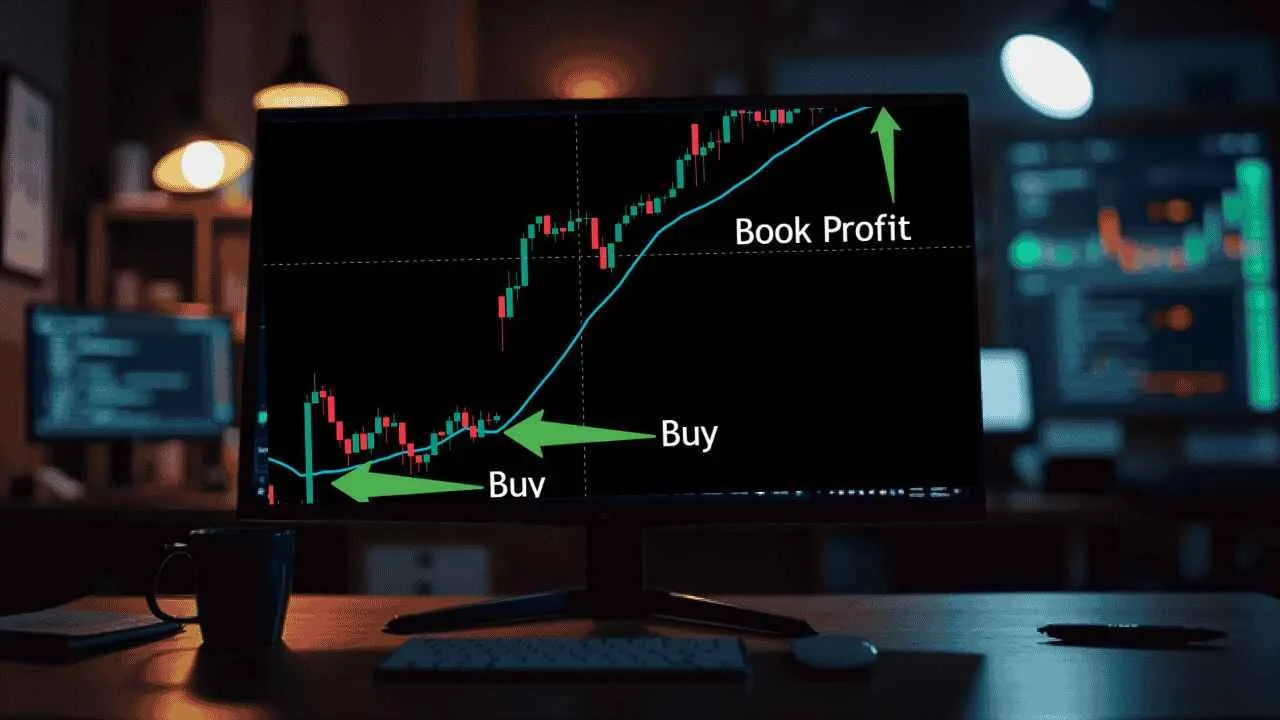📊 Pro-Level Trading Guide: Using SMA and Bollinger Bands
In the world of technical trading, simplicity often leads to consistency. Combining the power of the Simple Moving Average (SMA) with the volatility-based Bollinger Bands can help traders not just find entries—but exit with precision. This strategy is designed for intraday and positional traders who want structure, discipline, and data-driven exits.
🧠 Core Concept
The Simple Moving Average (SMA) identifies trend direction and acts as a dynamic support/resistance. The Bollinger Bands, based on price volatility, highlight potential overbought or oversold zones. When price crosses the SMA with volume confirmation and approaches the Upper Bollinger Band, it offers a high-probability exit zone.
🔧 Strategy Breakdown
🔹 Indicator Setup
| Tool | Settings |
|---|---|
| SMA | Length: 9 |
| Bollinger Bands | Length: 14, StdDev: 2 |
| Chart Timeframe | 15-min (intraday) / 1-hr (swing) |
| Asset Class | Stocks, Commodities, Indices |

✅ Entry Conditions (Buy Setup)
- Trend Confirmation: Price must be trading below SMA and then cross above it with bullish candle close.
- Volume Support: Entry candle should have above-average volume (optional but recommended).
- Volatility Room: Ensure price has room to rise before hitting the Upper Bollinger Band (avoid chasing entries near the top band).
💰 Exit Conditions (Take Profit)
- Primary Take-Profit Target: When price touches or pierces the Upper Bollinger Band.
- This zone statistically marks temporary price extremes, often followed by mean reversion.
- Optional Exit Condition: RSI > 70 or bearish candlestick near the band.
📈 Visual Example: (e.g., Reliance Industries 15-min chart)
- Entry: Price crosses above SMA with strong green candle
- Exit: Price taps Upper Bollinger Band with long wick or hesitation
- Profit: Captured the micro-trend efficiently
🔄 Risk Management
- Stop-Loss: Place SL just below recent swing low or below the SMA line (based on volatility)
- Risk-Reward: Target 1:1.5 or higher. If risk is 5 points, look for at least 7.5–10 points upside.
- Position Sizing: Use ATR-based sizing or fixed fractional model (2% risk rule)
⚙️ Pro Tips for Better Accuracy
- Avoid sideways markets: Bollinger Bands work best in expanding volatility
- Combine with RSI or MACD for confluence
- Watch for fakeouts during low volume sessions (e.g., lunchtime markets)
- Backtest your asset-specific settings—some stocks react better with a 20 SMA
